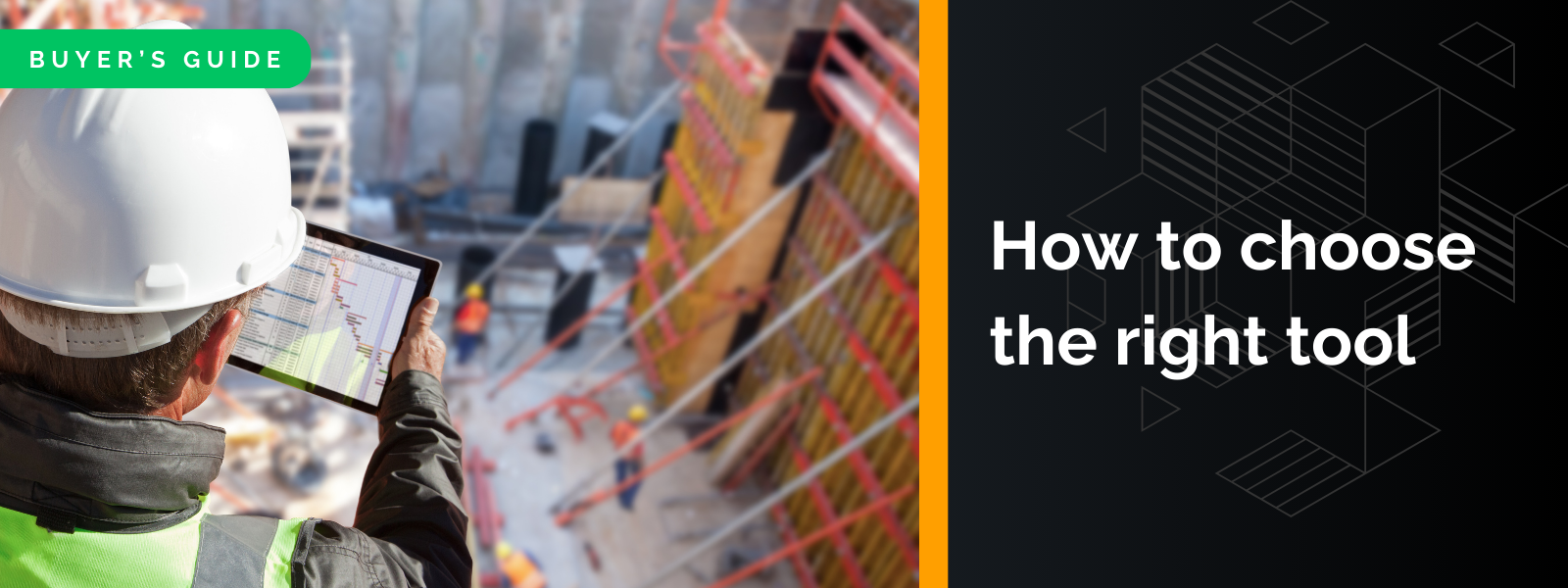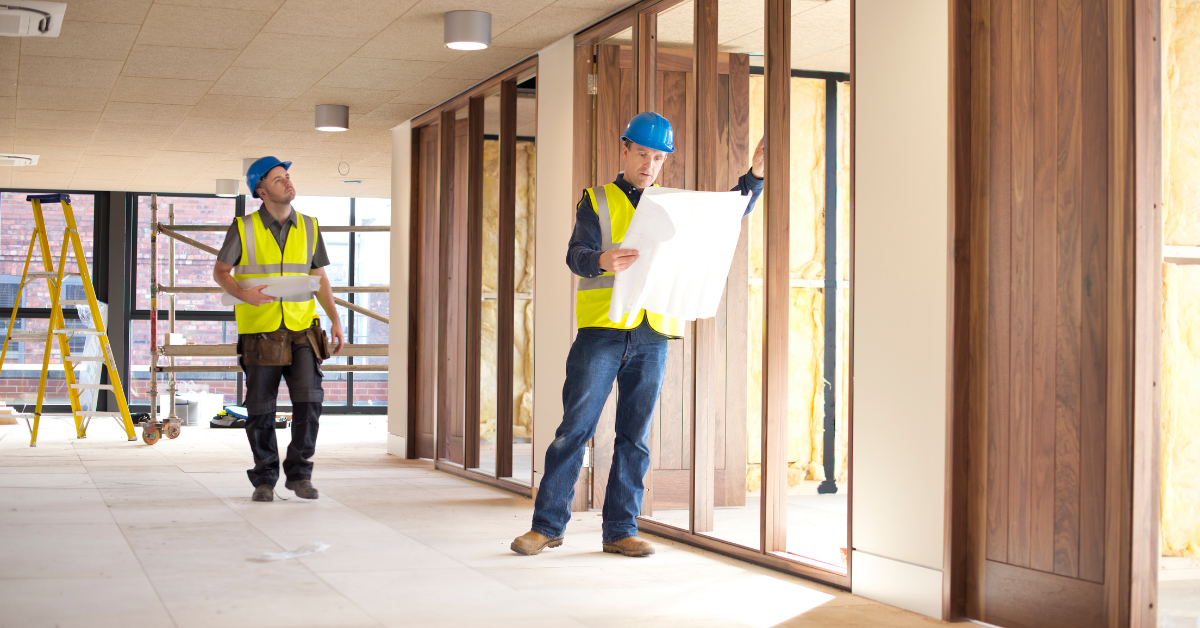In an increasingly digital world, the retail industry is often scrambling to keep customers visiting physical stores – usually by creating enhanced shopping experiences. Part of this process can involve revamping interior design, refurbishments, and fitting out to include new technologies.
This change means the retail fit-out industry is a dynamic and evolving sector, always responding to the demand for modern and innovative retail spaces. There is an always-present pressure to act on new trends swiftly and meet high consumer expectations for a next-level retail experience.
The challenges with these demands – and where technology can play a part in success
Project communication
With a diverse set of stakeholders including clients, designers, contractors and subcontractors, effective communication is essential to avoid errors. Clear communication throughout every stage of a fit-out project can mean the difference between project success and failure to meet deadlines, affecting costs and contractor reputation.
Using a project management solution that centralises all team communication can avoid information siloes and addresses the likelihood of miscommunication causing errors. Searching through mobile messaging apps and emails is a huge drain on time, as well as not being able to confirm that everyone is working from the most up-to-date documentation.
Project and document management
Where fit-out contractors are managing multiple projects, there will be a lot of documentation and with that comes the need to manage these documents. Different projects will have varying deadlines and resources – keeping track of this effectively can be a logistical nightmare, contributing to delays and errors when people aren’t able to definitively access the right information. Can you be sure all subcontractors can access the drawings they need when you have information spread across multiple platforms?
A CDE (common data environment) directly addresses these challenges by providing teams with a single source of truth. Streamlining document handling means less chance of working from incorrect drawings – with all documents and variations recorded in one place that everyone has easy access to.
Reporting and accountability
Being able to track issues in real-time is impossible with traditional project management methods. Even using emails and messaging apps means there isn’t a clear chain of command and not knowing who is responsible for what can lead to things being missed and costly errors can arise. Increased regulatory compliance for build projects means there needs to be a digital audit trail that documents the process, and keeping on top of this can fast become a full-time job towards the end of a project when time isn’t readily available.
Digital project tracking solutions give project owners an incredibly powerful tool in managing tasks and collating reports – all in one system. Being able to assign tasks and notify project members instantly means there’s no ambiguity of who is responsible, and the ability to automatically run daily reports provides a full audit of a project’s process.
Timesheets and subcontractor management
Tracking working hours and tasks of multiple subcontractors is vital to keep on top of resource allocation – not to mention costs and measuring project efficiency. This challenge intensifies when there are multiple projects in progress and a wider assortment of stakeholders needing to be updated and tracked. Manual tracking methods for people management can be inefficient and error-prone, meaning the likelihood of unexpected costs and delays later on.
Having an option for subcontractors to check-in to a centralised system means project managers have a clear view of who is working on what – and where. Dedicated project management tracking built for construction-based industries will often include geofencing based check-ins, giving greater clarity on exact locations of team members – a massive plus point for health and safety as well as accurately tracking time and productivity. Some systems come with added costs for multiple users while others will offer unlimited users.
Digital Solutions have their challenges too
Technology has long been the biggest game changer for almost every industry. The speed of developments and changes often leave people feeling as though they are constantly playing catch-up to implement the latest must-have solution. And labour-based industries, like construction, typically see more resistance than others thanks to a largely traditional approach to practices and processes. While some workers have taken to the digital revolution well and welcomed changes with open arms, there has always been resistance – and probably always will be. Not everyone wants to be a digital native – and not everyone needs to be.
Proper training and on-boarding is the best way to tackle digital resistance, but a lot of the groundwork needs to start at the heart of a business. Teams must acknowledge that while tradition has its place, there are greater opportunities in growing with technology than fighting against it. And with the fit-out industry showing no signs of slowing or settling into a rhythmic pace of change – there aren’t many valid excuses left for avoiding digital adoption.
Take the first step in digitalising your fit-out projects - book your free demo with a Fonn specialist today.






